CauseBlood clottingWhat is blood clotting in the leg? Does a specific disease cause bleeding?
Blood clotting, especially in the legs, is a sign seen in many individuals, but unfortunately, they consider it just a result of too much activity; however, blood clotting in the leg is a warning that should be taken seriously. In this section on health.SelMagzIn response to your requests, we plan to discuss the causes of blood clots in the leg. But first, we will address a problem that manifests with blood clotting in the leg: the DVT disease.
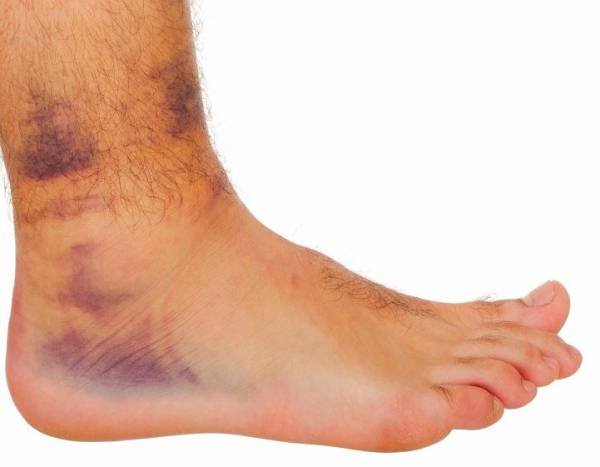
Know the reasons for blood clots in the leg
A disease that is one of the causes of blood clots in the leg.
DVT is a disease that mainly occurs in inactive, elderly, pregnant individuals, and those with blood disorders. It results from blood clotting in the legs and slows blood flow in the affected veins. A blood clot (thrombosis) slows blood movement in the veins and leads to swelling, redness, and pain in that area. If blood clots move towards the lungs, they can block lung vessels and create the condition of pulmonary embolism, in which the individual struggles to breathe and suffers from respiratory issues.
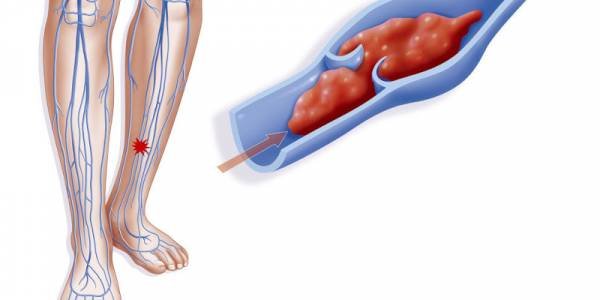
DVT is one of the most common causes of blood clots in the leg.
Factors that cause DVT disease
- Obesity and overweight
- Long-distance air travel or car trips
- Use of contraceptive pillsPregnancy
- Some estrogen replacement therapies
- Personal or family history
- Prolonged rest and bed rest for more than three days
- Post-surgery (withanesthesiafor over 30 minutes)
- Smoking
This condition may initially not exhibit any signs or symptoms. To treat and prevent the worsening of blood clots, immediate injection of blood thinners (Heparin) is necessary. Additionally, taking blood-thinning pills (Warfarin) can prevent existing clots from growing larger and stop new clots from forming. Exercise and physical movement, alongside medication, also play a role in treating this condition; thus, if you sit a lot, it’s better to engage in exercises or stretch your leg muscles every few minutes.

Obesity and overweight are causes of DVT in the leg.
Other causes and reasons for blood clots in the leg
Below are some medical conditions that can be considered as major causes of blood clots in the leg.
1. Injury to blood vessels:
Damage to blood vessels activates platelets, which in turn cause blood to clot. The platelets attach to the walls of the damaged blood vessels. Cells do this by changing shape and forming a plug that seals the damaged area and prevents blood from leaking. Once activated, platelets attract chemicals that lead to the next stage with a net-like structure.
2. Thrombocytosis:
This disorder indicates an excessive number of platelets in the blood. Too many platelets result in abnormal contractions, which in turn cause abnormal clotting in blood vessels. Platelet counts usually increase above normal due to underlying diseases and blood disorders in the bone marrow.
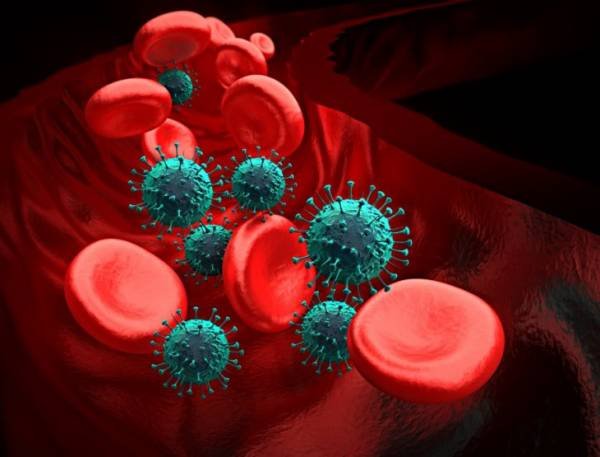
Blood clotting due to thrombocytosis
3. Atrial fibrillation:
This disorder is an irregularheartbeat.Irregular contractions can lowerblood pressure.In dilated vessels, there may be no pressure, which means blood will clot, thus increasing the risk ofstrokeand other heart complications. Symptoms may includedizzinessand fatigue. Doctors prescribe some medications and lifestyle changes to control this condition, and in more severe cases, surgery is recommended.
4. Atherosclerosis:
This condition causes blood vessels responsible for carrying oxygen from the heart to harden and limit blood flow to the body’s organs and tissues. Typically, arteries are flexible, but the risk of hardness increases with age.
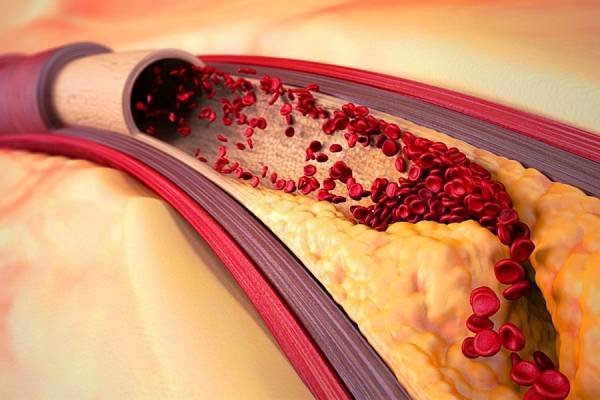
Atherosclerosis and the formation of bruises in the leg
5. Heart failure:
Heart failure can occur due to the formation of blood clots. Heart failure happens when the heart muscles fail to pump blood to various body organs. When this occurs, the blood in the veins and arteries does not have enough pressure, leading to blood clotting. This condition can be dangerous and may lead to further health consequences such asheart attack.
Some medications, when taken by certain individuals due to some underlying conditions and risk factors, can lead to blood clots in veins and arteries. These medications include oral contraceptives, medications forbreast cancerand hormonal treatments.
The mechanism of these drugs affects the natural flow of blood, causing a reduction in blood flow and increasing the risk of clotting in vital organs. In such cases, a doctor can resolve the issue by changing the patient’s medications.

Increased risk of blood clots with certain medications
7. Antiphospholipid syndrome:
This is another common cause of blood clots, occurring when the immune system mistakenly attacks natural proteins in the blood. The extent of damage depends on the location and type of protein attacked. The dead cells resulting from this attack accumulate and lead to blood clotting.
This syndrome can cause blood clots in arteries and veins. It is a blood disorder that can result from pregnancy complications, such as miscarriageor premature birth.8. Inherited blood clotting disorders:
Some blood clotting disorders are genetically inherited, but this issue usually does not manifest at a young age. After reaching puberty, individuals may start showing some signs related to this. Those who inherit such disorders should consult a doctor for prevention, and it is essential for women to undergo medical supervision and check-ups before pregnancy or childbirth, to ensure more effective treatment.
Inherited blood clotting in the leg
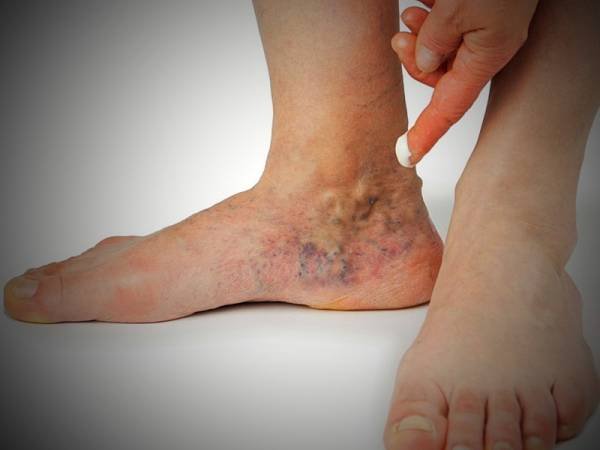
9. Obesity:
Obesity increases the rate of blood clotting in veins and arteries. Obese individuals produce more adipokines and cytokines, leading to insulin resistance and chronic inflammation.
Cytokines secreted by fat tissue also increase platelet activity. Obesity also slows blood flow through the blood vessels, resulting in abnormal clotting in the blood vessels.
Causes of blood clots in the leg







